Protecting Sri Lankan Wildlife: A National Imperative
Sri Lanka, often referred to as the "Pearl of the Indian Ocean," boasts a rich tapestry of biodiversity that is both unique and irreplaceable. From the majestic Sri Lankan elephant to the elusive leopard, the island's wildlife is a testament to millions of years of evolutionary history.
Despite its relatively small land area, we’re recognized as one of the world's top biodiversity hotspots, boasting over 100 species of mammals, 500 species of birds, and an astonishing variety of reptiles, amphibians, and plant life. The country's diverse ecosystems, From the dense rainforests of Sinharaja to the sprawling dry plains of Yala, provide habitats for this incredible biodiversity.
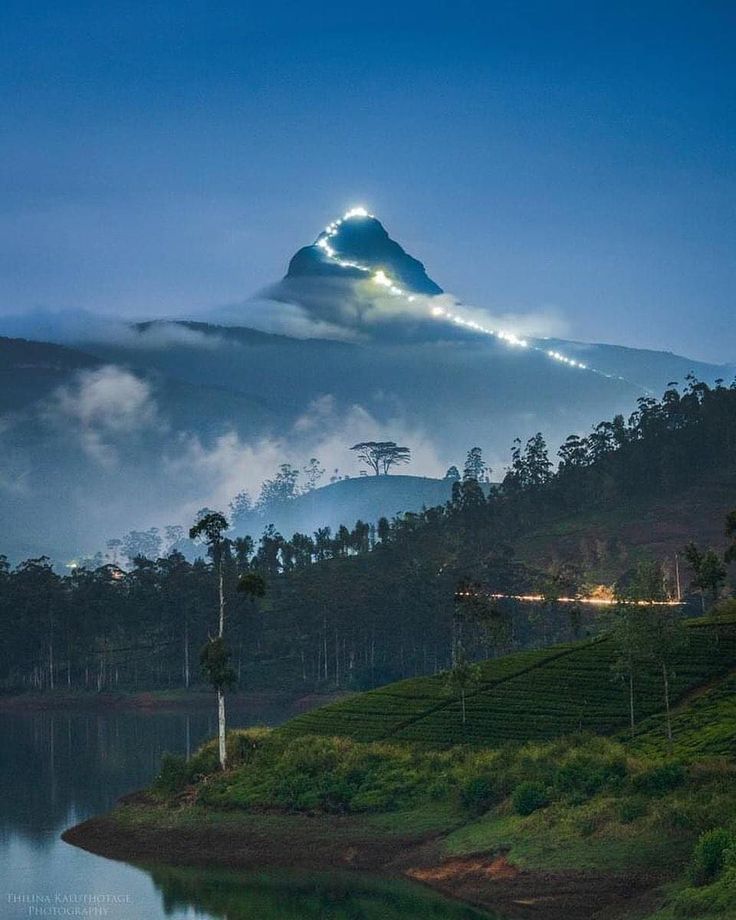
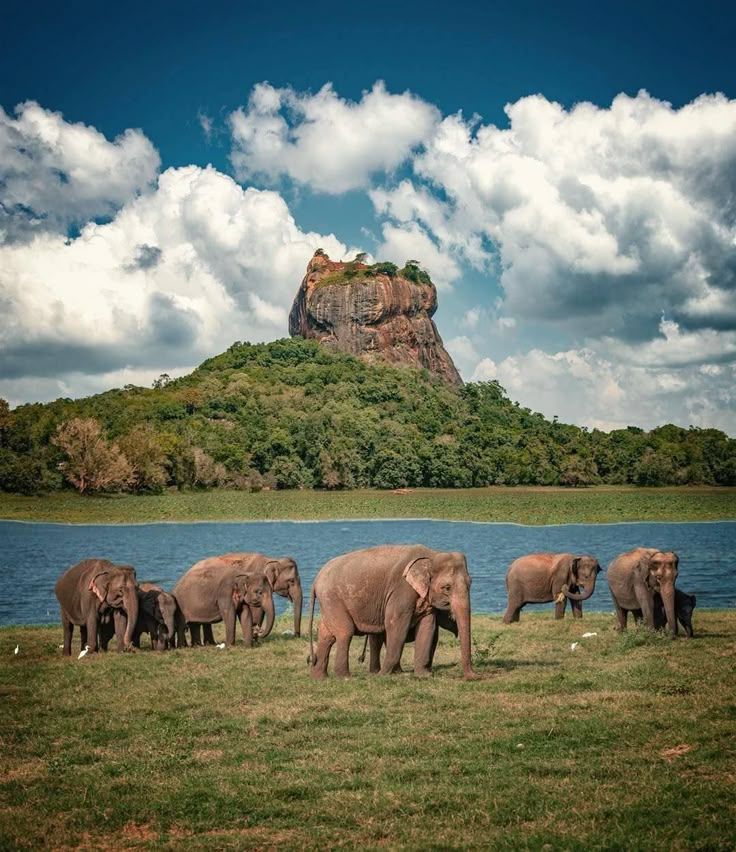
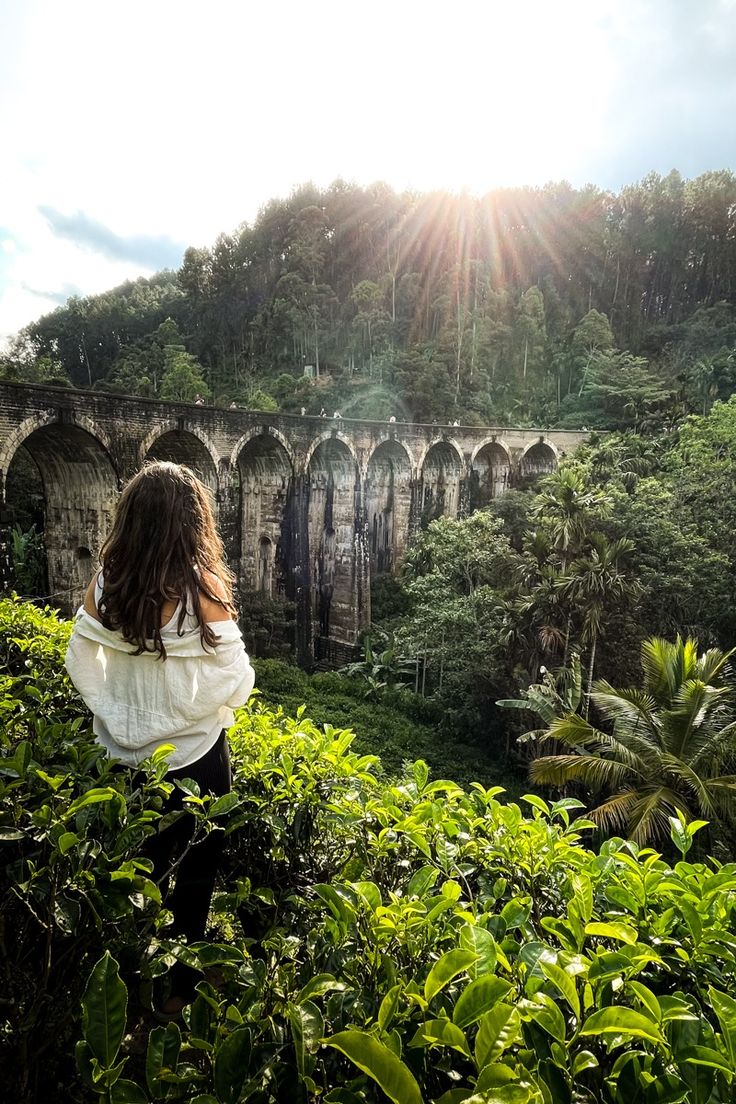
As someone who has witnessed the breathtaking beauty of our wildlife firsthand, I can’t help but feel a deep sense of responsibility toward protecting it. But here’s the hard truth, our natural heritage is under threat, and if we don’t act now, we risk losing it forever.
While it’s easy to admire Sri Lanka’s wildlife from a safari jeep or a hiking trail, we must also acknowledge the challenges these creatures face every day.
1. Rapid urbanization, agricultural expansion, and infrastructure development have led to the loss and fragmentation of natural habitats. This not only reduces the available living space for wildlife but also isolates populations, making them more vulnerable to extinction.
2. As human settlements expand into wildlife territories, encounters between humans and animals have become more frequent. Incidents such as elephants raiding crops or predators attacking livestock lead to conflicts that often result in harm to both humans and animals.
3. Despite legal protection, poaching for meat, ivory, and other animal parts continues to be a significant threat. The illegal wildlife trade not only decimates animal populations but also undermines conservation efforts.
4. Pollution, including plastic waste and chemical runoff, degrades habitats and poses direct threats to wildlife health.
5. Altered weather patterns and increased frequency of extreme events disrupt ecosystems, affecting food availability and breeding patterns for many species.


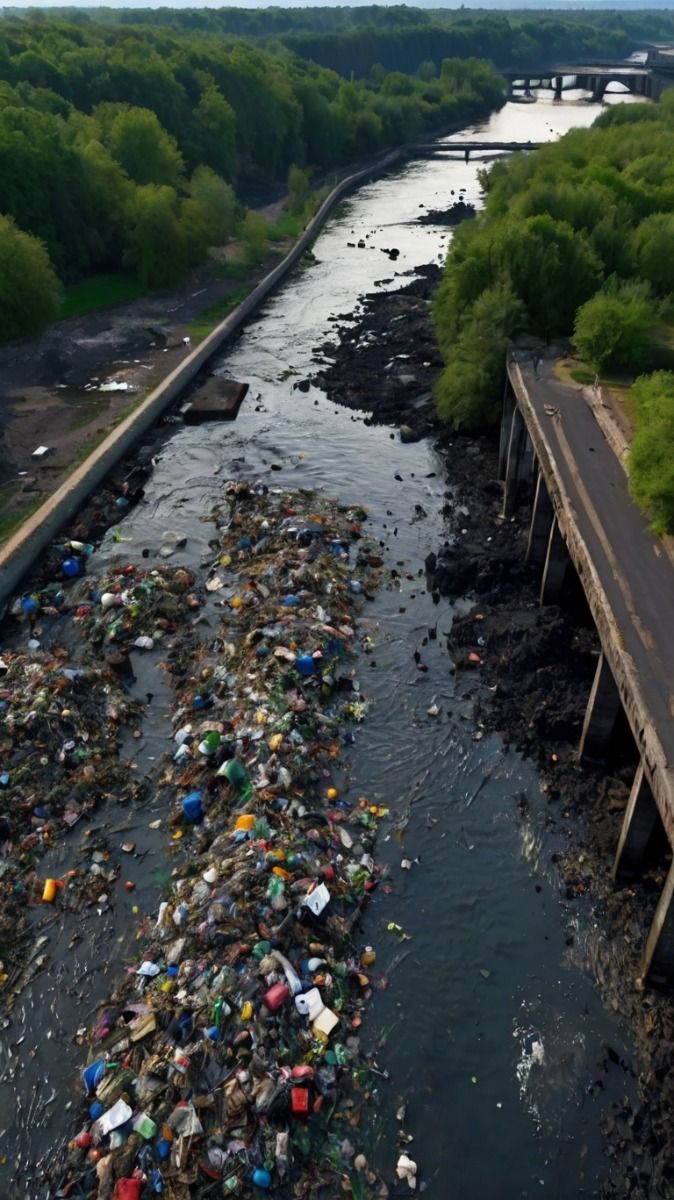
But thankfully, not all hope is lost.
Recognizing these challenges, various governmental and non-governmental organizations in Sri Lanka have undertaken numerous initiatives to protect and conserve wildlife:
1. Established with the mission to conserve wildlife and nature through sustainable utilization, research, education, and law enforcement, the Department of Wildlife Conservation (DWC) manages a network of protected areas across the country. These protected areas serve as refuges for numerous species and play a crucial role in biodiversity conservation.
2. Founded in 1894, Wildlife & Nature Protection Society (WNPS) is one of the world's oldest non-governmental organizations dedicated to wildlife conservation. The society has been instrumental in establishing national parks like Wilpattu and Yala and continues to advocate for wildlife protection through conservation, advocacy, outreach, and legal interventions.
3. Focusing primarily on the Sri Lankan leopard, the Wilderness & Wildlife Conservation Trust (WWCT) conducts ecological research across multiple locations to gather data essential for conservation strategies. Their work extends to raising awareness and promoting coexistence between humans and wildlife.
4. Sri Lanka's National Wildlife Policy outlines the government's commitment to conserving wildlife resources through protection, research, education, sustainable use, and benefit-sharing. The policy emphasizes maintaining ecological processes and life-sustaining systems, highlighting the intrinsic value of biodiversity.
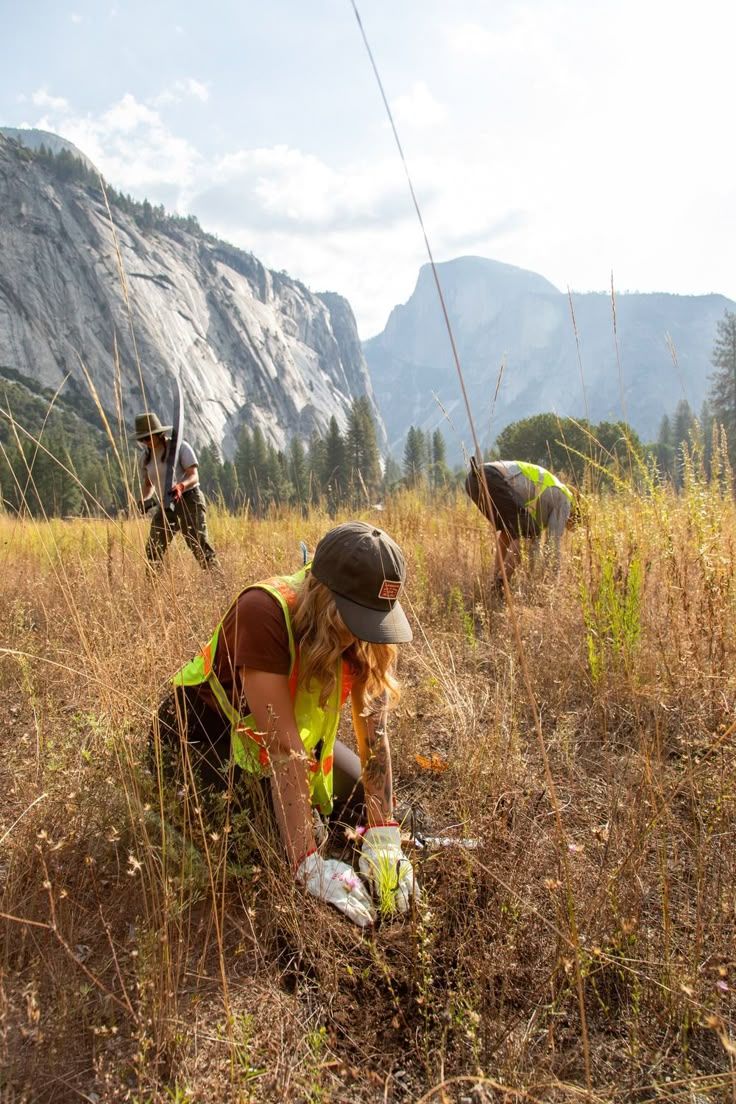
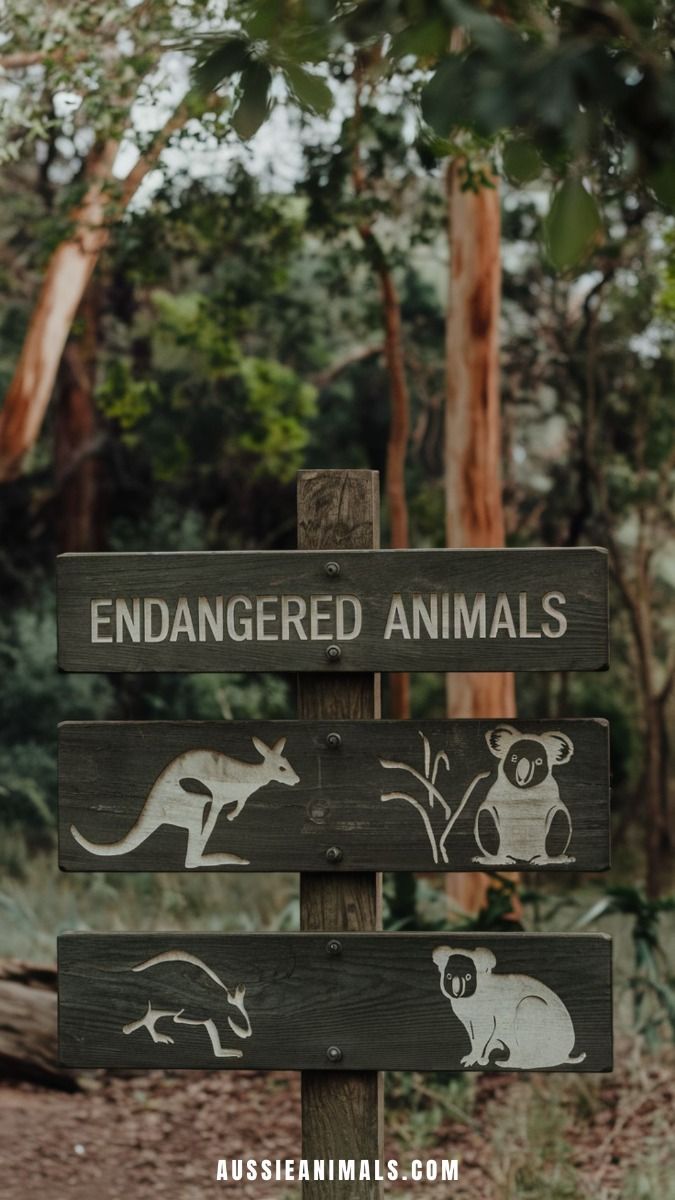
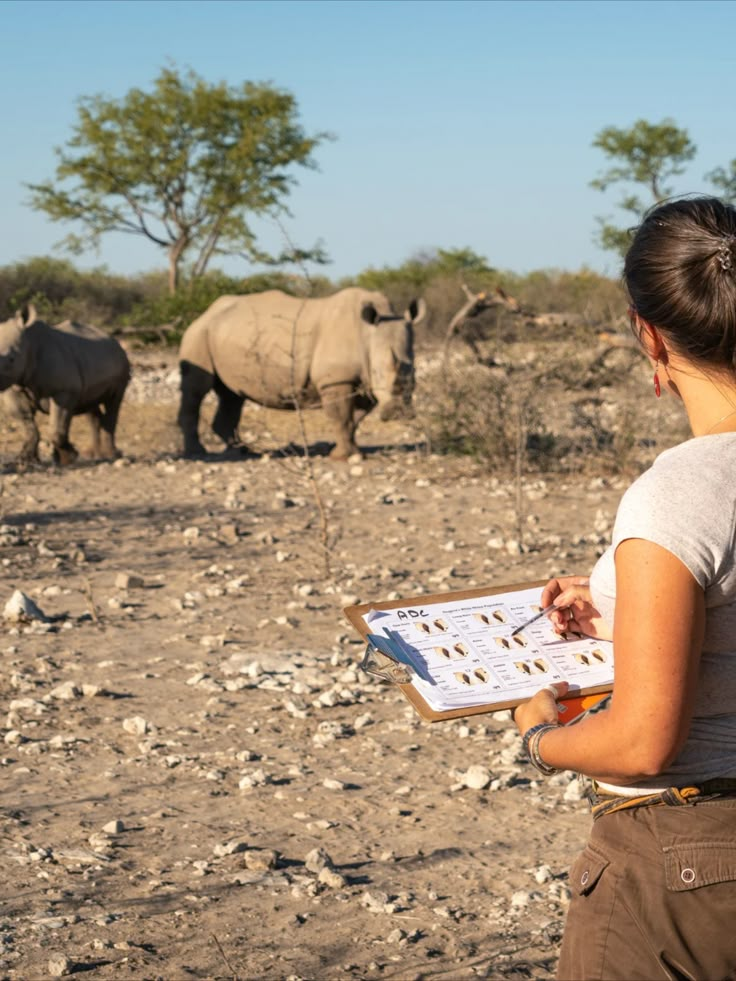
Wildlife conservation isn’t just the job of scientists, rangers, or activists.
It’s our responsibility as citizens.
By educating local communities about the importance of wildlife and involving them in conservation initiatives, we can foster a sense of ownership and responsibility in them. Through practicing sustainable practices, such as eco-friendly agriculture and responsible tourism, we can mitigate human-wildlife conflicts and provide economic benefits to local populations.

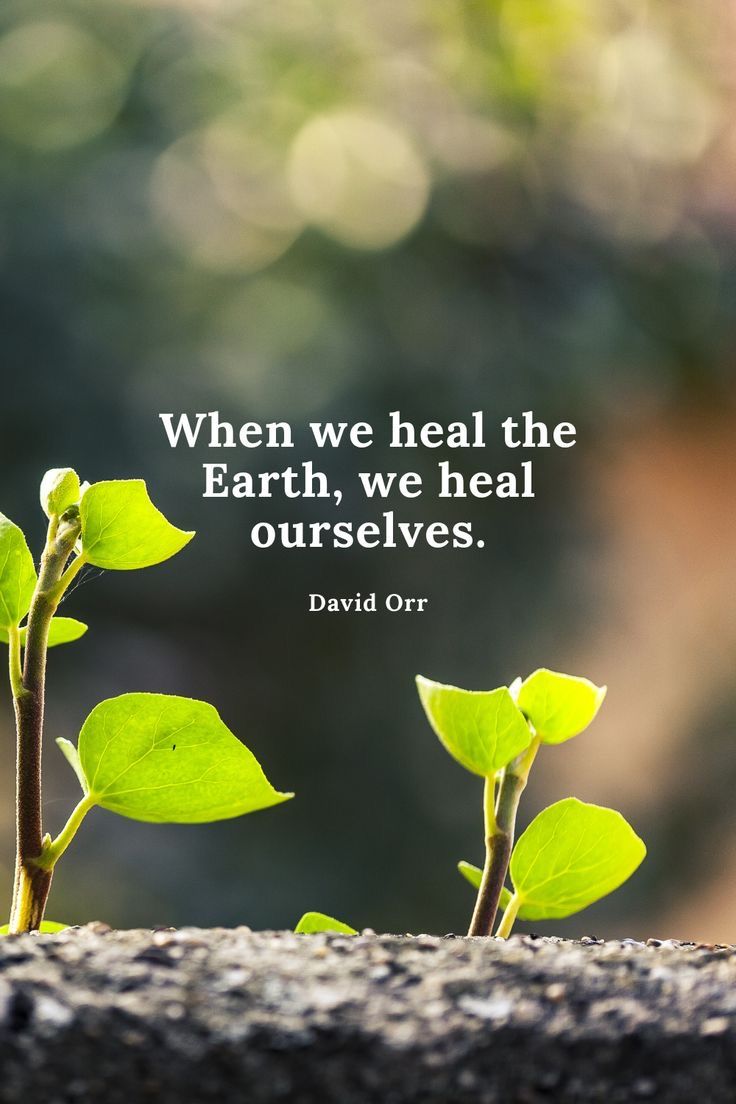
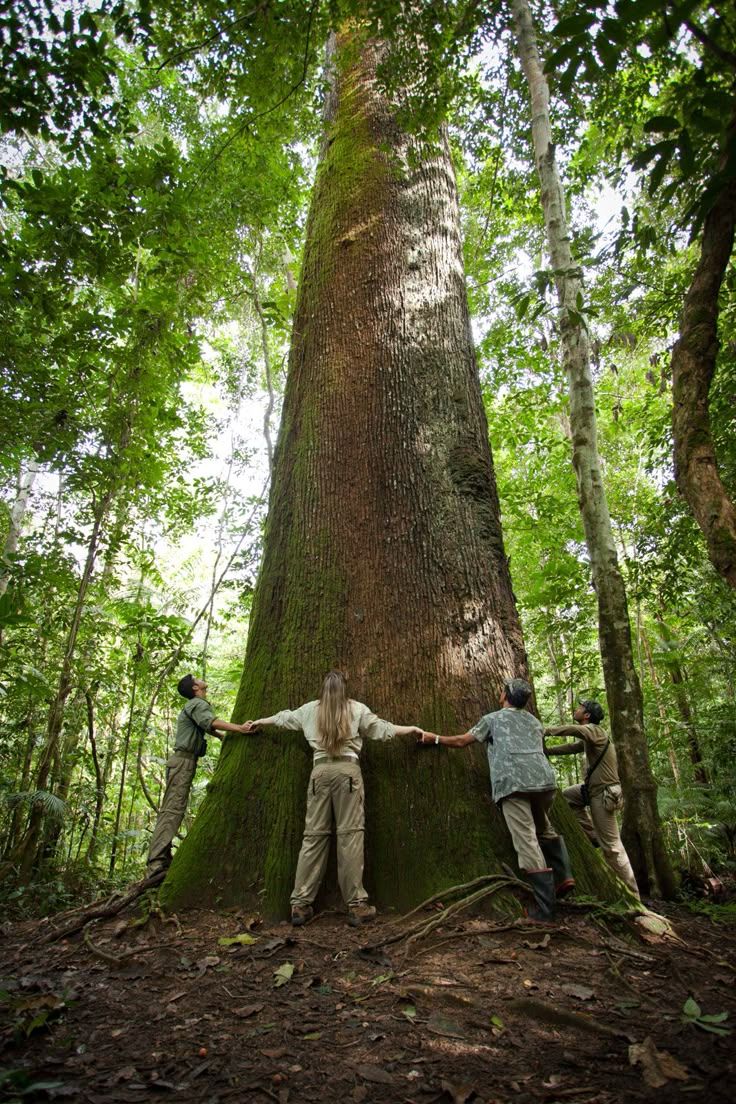
Tourism is one of Sri Lanka’s biggest industries, and wildlife is a major draw for visitors. But how often do we think about the impact of our presence in national parks?
It can be stated that tourism is a double-edged sword for wildlife conservation. While it can generate revenue that supports conservation efforts, irresponsible tourism can lead to habitat degradation and disturb wildlife. Promoting responsible tourism practices ensures that visitors enjoy Sri Lanka's natural beauty without compromising the well-being of its wildlife. This includes adhering to guidelines in national parks, supporting eco-friendly accommodations, and participating in conservation-focused activities.
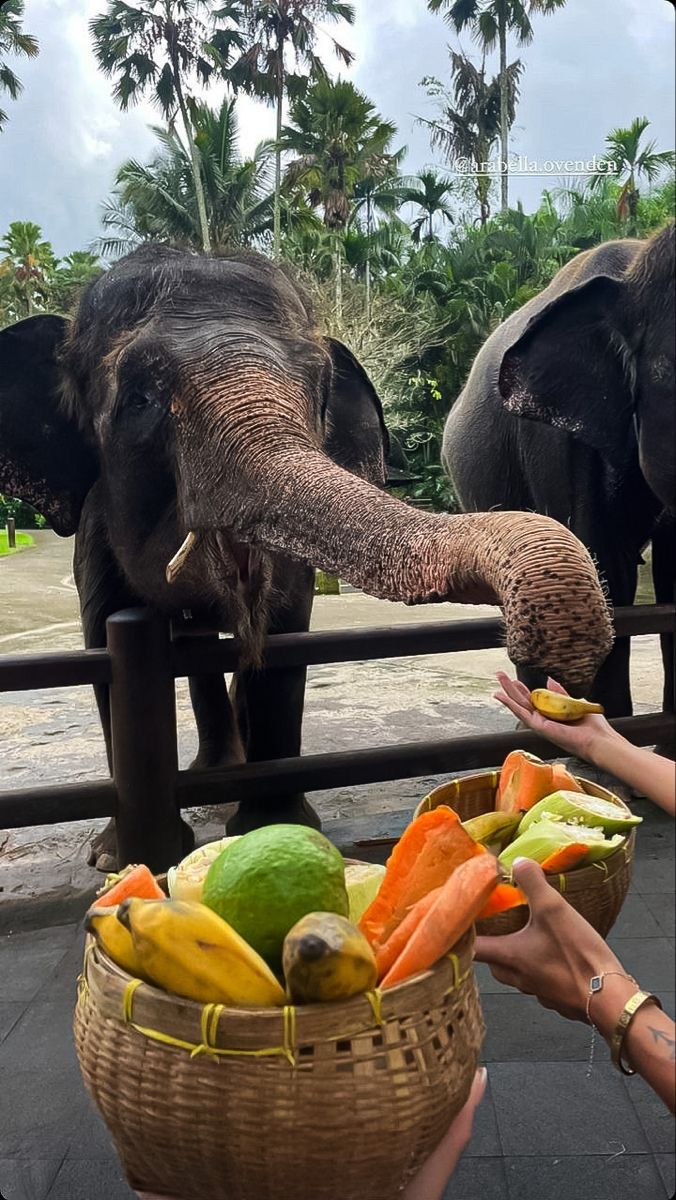
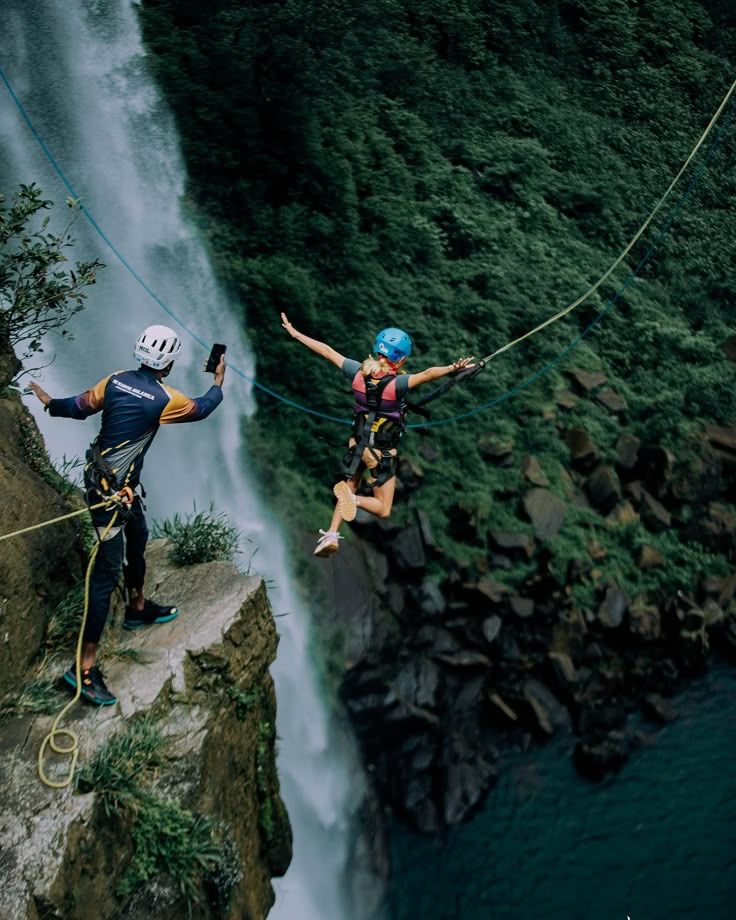

Recent events have underscored the ongoing challenges in wildlife conservation.
For instance, a tragic incident occurred near the Minneriya wildlife sanctuary, where a passenger train collided with a herd of elephants, resulting in the death of six elephants, including four calves. This area is known as an "elephant corridor," highlighting the critical need for measures to prevent such accidents.
Protecting Sri Lanka's wildlife is a multifaceted endeavor that requires collaboration among government agencies, non-governmental organizations, local communities, and international partners. If we truly want to protect Sri Lanka’s wildlife, we must:
• Enhance laws and regulations to deter poaching and illegal trade, coupled with stringent enforcement, is vital.
• Initiate reforesting degraded lands and establishing wildlife corridors can mitigate habitat fragmentation.
• Continue research to get essential data for adaptive management strategies and ensure conservation efforts are effective and responsive to emerging challenges.
• Implement educational programs that instill appreciation for wildlife and the environment fosters a conservation ethic among the populace.
• Develop and implement strategies to reduce human wildlife conflicts, such as early warning systems and community-based monitoring, can lead to harmonious coexistence.
I still remember the first time I saw a wild elephant—majestic, powerful, and completely at home in its natural habitat. It was a humbling moment, a reminder that we share this land with creatures who have lived here for centuries before us. But will future generations get to experience that same awe?
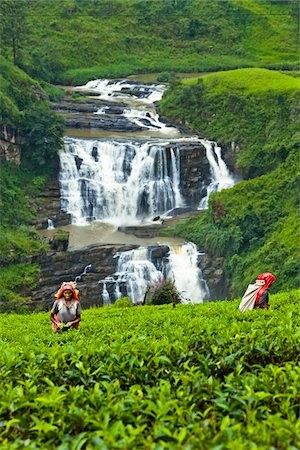
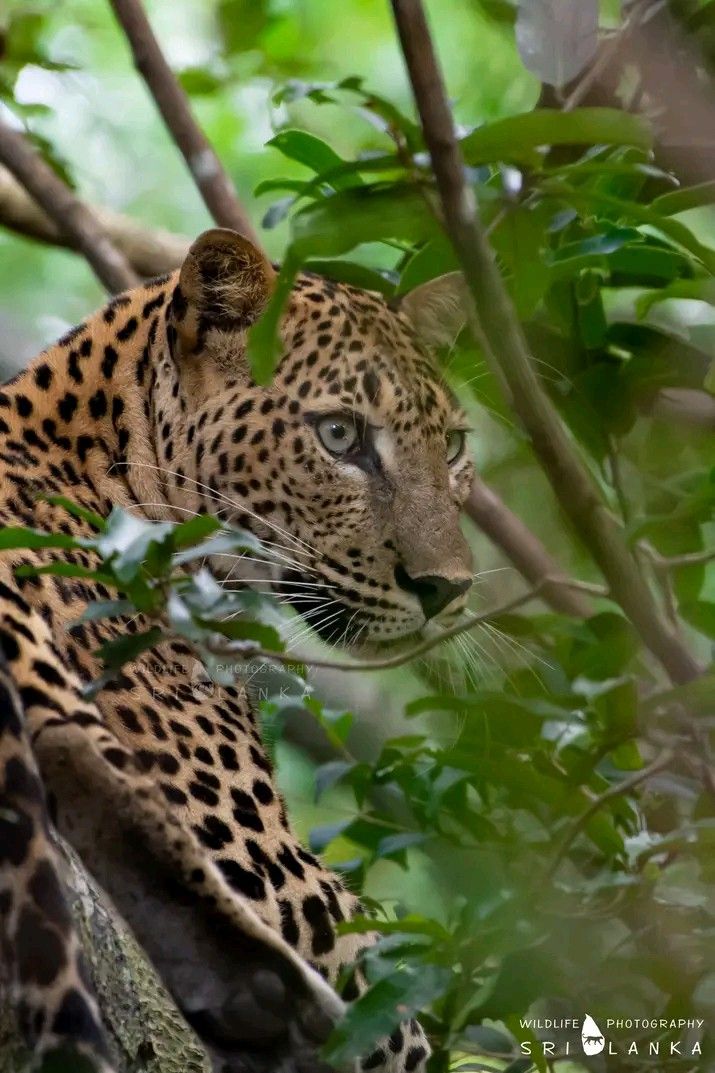
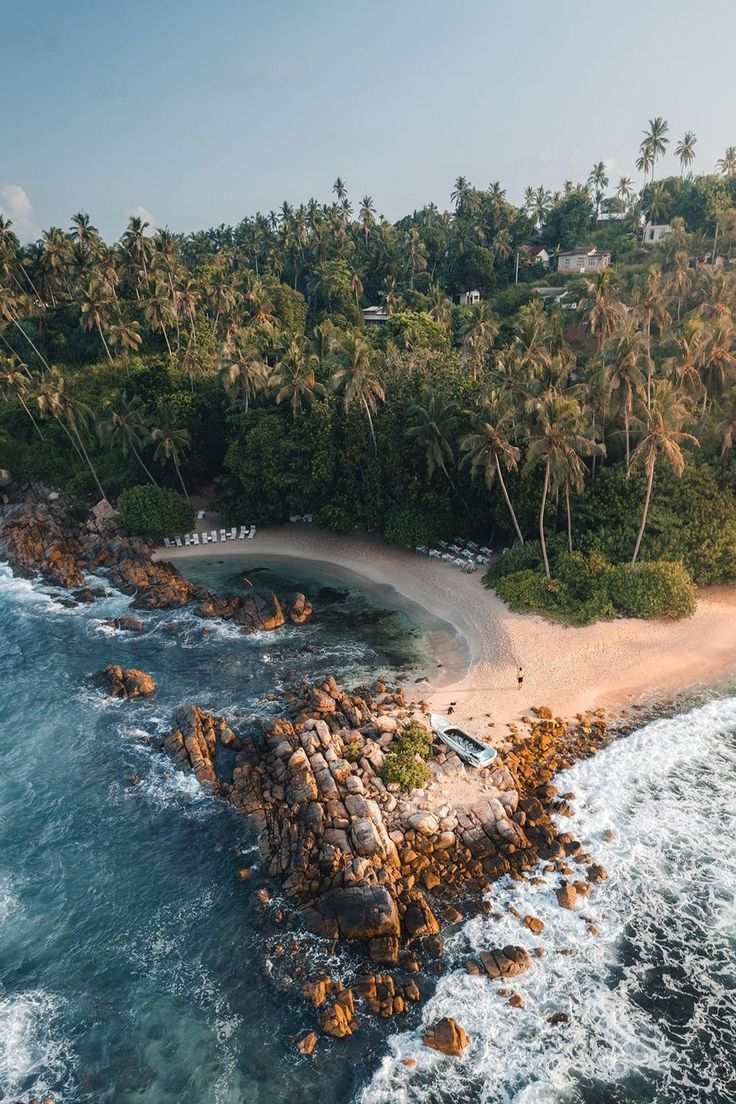
That depends on what we do today.
Protecting Sri Lanka’s wildlife isn’t just an environmental obligation. It’s a duty that connects to our national identity, economy, and future. Every small action count, and together, we can ensure that the next generation inherits a land still teeming with life.
Are we ready to rise to the challenge?
I certainly hope so.
